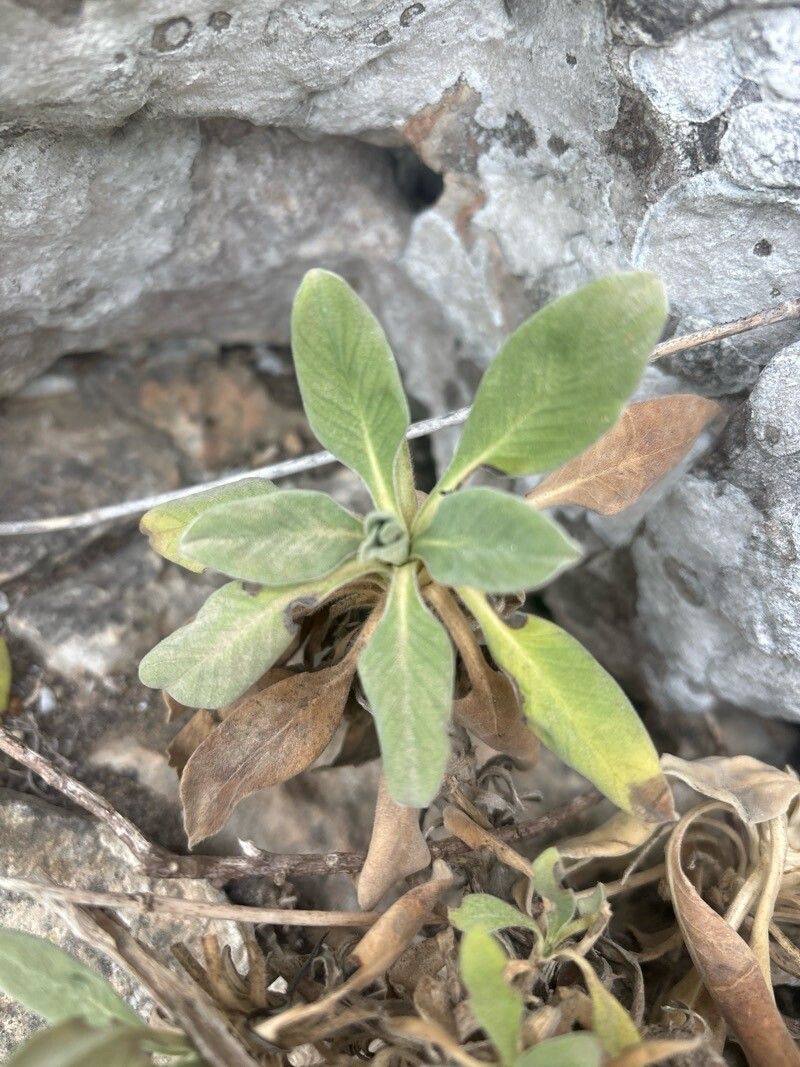Propagating the Sweet Scabious: A Guide to Pseudoscabiosa saxatilis
Introduction:
Pseudoscabiosa saxatilis, commonly known as Sweet Scabious, is a charming, low-growing perennial prized for its profusion of delicate, lavender-blue flowers. These daisy-like blooms, appearing from spring to summer, attract pollinators and add a touch of ethereal beauty to rock gardens, borders, and containers. Its drought tolerance and adaptability make it a popular choice among gardeners, but its propagation presents unique challenges and rewards. Its relatively compact nature makes it attractive for smaller gardens, where space is at a premium. This guide explores various propagation methods for this delightful plant.
Seed Germination:
Currently, there are no known reliable methods for seed germination propagation of Pseudoscabiosa saxatilis. While seeds may occasionally germinate under ideal conditions, the success rate is extremely low and unreliable, making seed propagation impractical for most gardeners.
Cuttings:
Challenges: Sweet Scabious is not easily propagated from cuttings. Root formation is slow and inconsistent.
Practical Tips: The best time for taking cuttings is after flowering, when the plant is actively growing but not putting all its energy into flowering. Semi-hardwood cuttings, taken from non-flowering stems, have a slightly higher success rate than softwood cuttings. Use a sharp, clean knife or shears to prevent the introduction of disease. Dip the cut ends in rooting hormone before planting them in a well-draining, moist propagation mix. Maintain high humidity (using a propagator or plastic bag) and warmth.
Rewards: Successfully rooting cuttings from a prized mother plant allows for the propagation of exact genetic copies. This is especially valuable if you have a unique cultivar with desirable traits.
Division:
Challenges: Division is a more reliable method than cuttings but is still not straightforward. Sweet Scabious, despite being perennial, has a relatively shallow and fibrous root system. Careless division can severely damage the plant, resulting in poor establishment or death.
Practical Tips: The best time to divide Sweet Scabious is in early spring or late autumn. Dig up the entire plant carefully, and gently tease apart the rootball into smaller sections. Each section should have healthy roots and shoots. Replant the divisions immediately in well-drained soil, ensuring that the crown is slightly above the soil surface.
Rewards: Division offers a relatively quick way to increase the number of plants. It is less technically demanding than tissue culture and offers a higher success rate than cuttings.
Tissue Culture:
Challenges: Tissue culture is a complex and specialized technique requiring sterile conditions, specific media, and experienced personnel. It is not typically a practical method for home gardeners.
Practical Tips: This method requires access to a laboratory setting with equipment for sterilization, media preparation, and controlled growth conditions. Specialized knowledge of plant tissue culture techniques is essential.
Rewards: Tissue culture allows for large-scale propagation of disease-free plants and is ideal for preserving rare or endangered cultivars.
Conclusion:
Propagating Pseudoscabiosa saxatilis presents unique challenges, with division being the most reliable technique for the home gardener, offering a balance between simplicity and success rate. While cuttings can be attempted, patience and careful technique are required. Seed propagation is largely unreliable. Tissue culture remains a sophisticated method best suited for professionals. The rewards, however – the ability to cultivate more of these delightful flowers and share them with others – make the effort worthwhile. The satisfaction of successfully propagating Sweet Scabious, despite the difficulties, is a testament to the dedication and patience of the gardener, highlighting the unique bond formed between cultivator and plant. Don’t be discouraged by initial setbacks; persistent experimentation will eventually yield success, bringing you abundant blooms and a sense of accomplishment that transcends the mere act of propagation.

